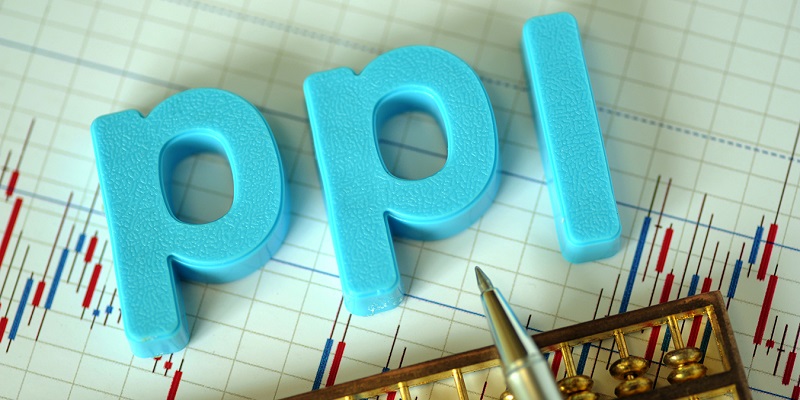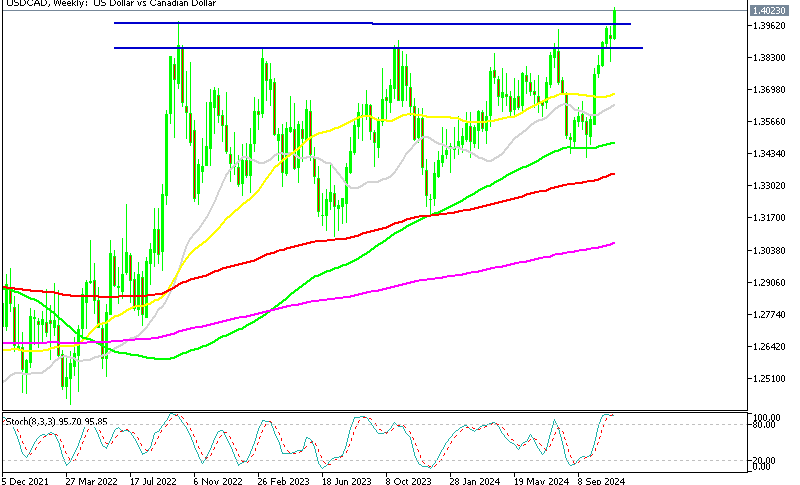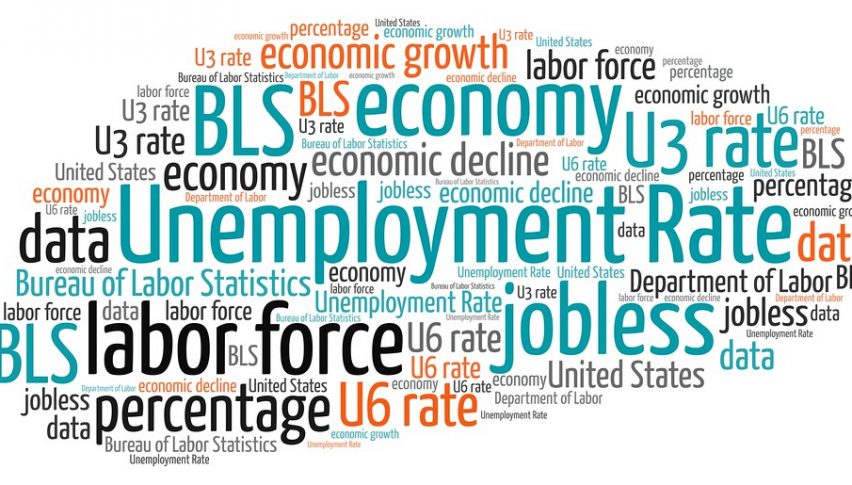Yen Keeps Falling Despite Higher Japanese PPI Producer Inflation
USD/JPY continues to show bullish momentum, with no help from the Bank of Japan or the economic data, as the USD keeps pushing higher. Even technical indicators are being supportive of the price, holding during pullbacks lower, while the highs keep getting lower as we head to 155.

During the summer, USD/JPY experienced a substantial drop, losing over 20 cents but found firm support near the 20-month Simple Moving Average (SMA). Since then, the pair has rebounded by more than 15 cents, moving from below the 140 level. On the H4 chart, various moving averages have played key roles, with smaller period MAs providing support during minor pullbacks, while larger period MAs, such as the 100 SMA (green), have held during more significant retracements. For instance, yesterday saw the pair climb to 154.92 during the US session before a slight retreat later in the day.
USD/JPY Chart Monthly – The 100 SMA Held As Support Twice Last Week
Japan’s third-quarter economic data indicates a decline in household expenditure and a slowdown in profit growth, both of which have affected consumer spending. Politically, the election of Japan’s new prime minister has reduced the likelihood of government pressure on the Bank of Japan (BOJ) to raise interest rates, a factor that has supported USD/JPY’s bullish trend.
Additionally, the BOJ’s October 30–31 Summary of Opinions revealed little surprise, as the bank reaffirmed its goal of achieving stable and sustainable 2% inflation. Despite low real interest rates, the BOJ’s dovish stance remains a cornerstone of its policy approach, further influencing this forex pair’s upward trend.
Japan PPI Producer Price Index Inflation
- Japan’s October PPI (Producer Price Index):
- Monthly change: PPI rose by +0.2% month-over-month (m/m), surpassing the expected 0.0%.
- Previous month: September PPI was flat at 0.0% m/m.
- Annual change:
- Year-over-year (y/y) rise: PPI increased by +3.4% y/y, exceeding the forecasted +3.0%
- September y/y PPI: Recorded a +2.8% y/y increase.
The recent drop in the yen’s value has raised import costs for certain commodities. The Bank of Japan aims for inflation, but it’s not looking for inflation caused by yen depreciation pushing prices up, while it seeks inflation driven by rising demand from wage growth. To address the yen’s weakening, the Bank has indicated it might consider raising interest rates. However, it faces political pressure to delay any rate hikes until the next round of wage negotiations in the spring confirms a meaningful increase in salaries.
















